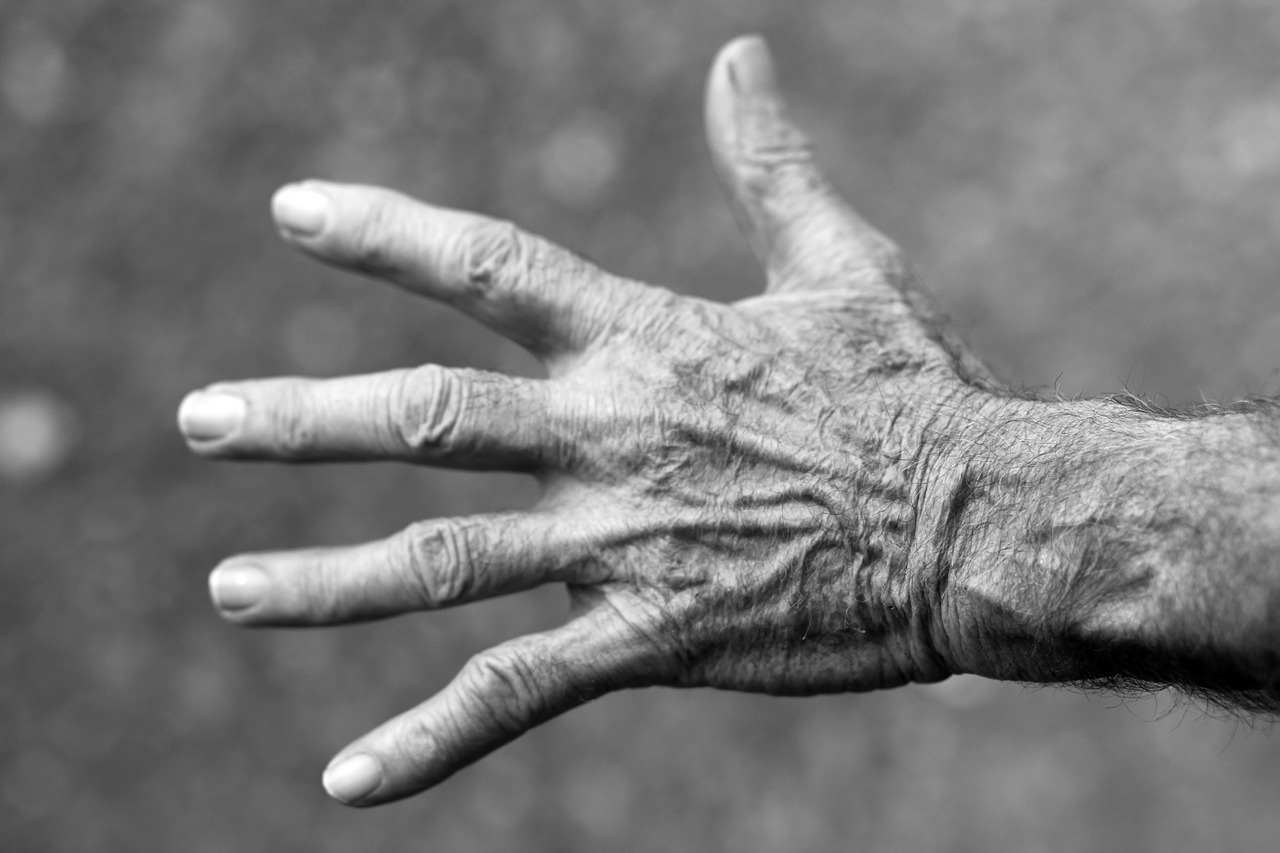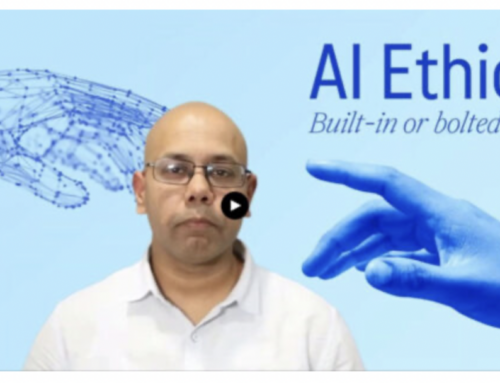By Caroline Song
A study conducted by Dr. Scott Frey at the University of Missouri suggests that the ability of hand transplant recipients to recover their senses of touch might be due to physiological changes within the hand as well as other important neurological changes. The results of the study could help facilitate the recovery process for patients who suffer brain or spinal cord injuries.
Following the loss of a limb, the neurons that formerly innervated the area begin to rewire and gain new functions. Although hand transplant recipients usually begin to recover fairly quickly, there is considerable variation with respect to their ability to regain a sense of touch.
The study compared 4 patients who had lost their hands and had them immediately reattached to 14 uninjured patients. The results indicated that the longer it has been since the surgery, the better able transplant recipients are at discerning light touches correctly. While it takes around two years for the nerves to regenerate, the study suggested that other important sensory and motor adaptations continue to occur beyond to the two year mark as the brain adjusts to the new limb.
The implications of the study are important because hand transplantation has recently been regulated by the United Network for Organ Sharing. In 2011, Richard Mangino, a painter and artist from Massachusetts, successfully underwent a double hand transplant, following an infection that required the amputation of his lower legs and lower arms. Since the transplant, Mangino has been able to paint and play the piano.
Read the full article here.







